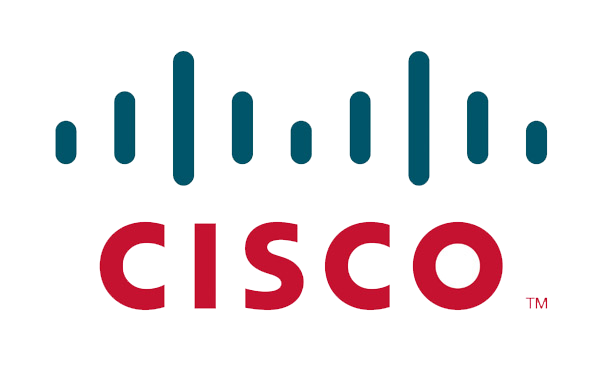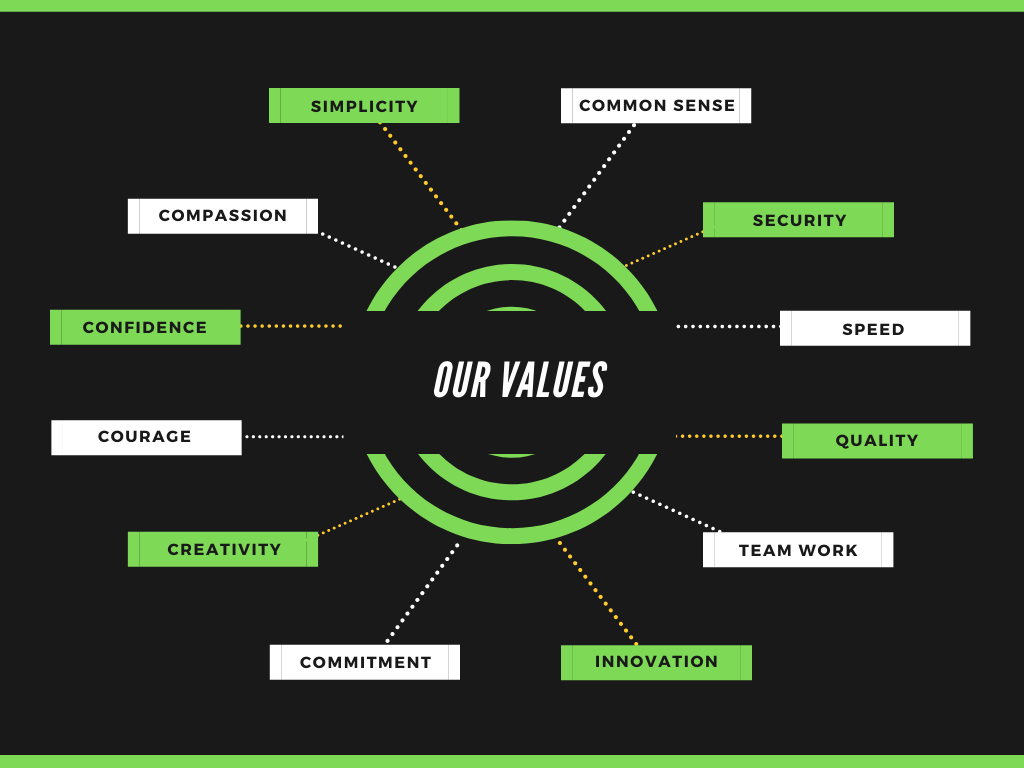to the next switch, the message is stored, and the information is read.
Packet switching: Messages are fragmented, and information is grouped into small packets; each packet is transmitted via the most optimum route over a digital network to ensure minimal lag in data network speed, then the message is reconstructed at the destinations.
In order to establish communication across data centre networks, machines depend on the Internet Protocol (IP) of the Transmission Control Protocol (TCP), the Internet Protocol Suite that dictates exactly how data should be packetized, addressed, transmitted, routed, and received.12
Categories of Network in Data Communication
There are six primary categories of networking and data communication:
- Personal Area Network (PAN)
- Local Area Network (LAN)
- Metropolitan Area Network (MAN)
- Wide Area Network (WAN)
- Cellular Data Network
- Satellite Network: which include broadband Internet service, military surveillance, weather data, etc.
Advantages of Data Networks
There are several advantages for setting up an architecture data network:
- Shared Resources: A data network and communication enables the sharing of any kind of information without requiring a physical connection. Resources such as storage, printers, the Internet can also be shared.
- Communication: Linking computers or other communicative devices via a data network enables fast and easy communication, such as file transfers and emails, without requiring a physical transfer medium, for example, an USB flash drive.
- Collaboration: Multiple users can work at different locations simultaneously and collaboratively on the same project or document remotely.
- Centrally Stored Software: A single copy of software stored can be accessed remotely by a given user with access credentials and on a central resource.
- Central Database: Any relevant member of an organization via data networks with access credentials can access a central database.










